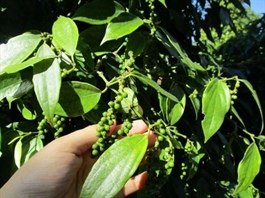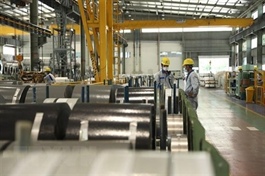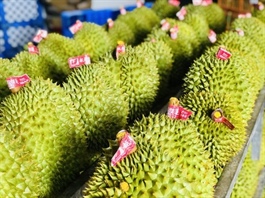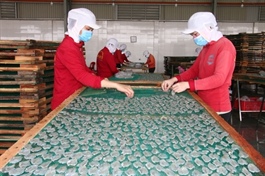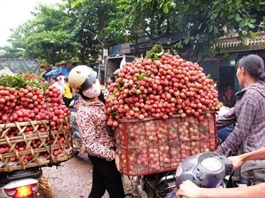Profits plunging for cement businesses
Profits plunging for cement businesses
The cement industry’s financial performance continues to slide, with Q2 losses piling up due to sluggish consumption and rising input costs.
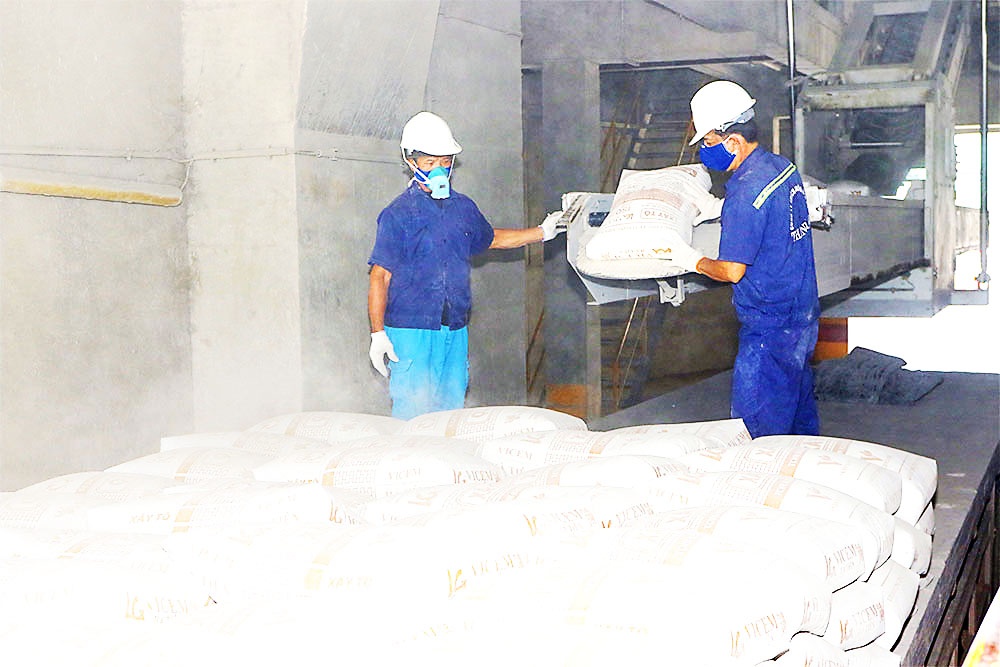
According to Cong Thanh Cement’s post-AGM report released on May 19, the company incurred losses of up to $50.3 million in 2022, a substantial rise from the $37.5 million incurred in 2021.
This year as a whole, the company anticipates revenues of $82 million, a rise of 21 per cent from its performance in 2022, and a loss of $33.9 million after taxes.
In Cong Thanh’s 2022 audited financial statement, released the following day, it was noted that the company’s accumulated losses surpassed its equity by $220 million by the end of 2022.
It is predicted that cement producers will face various cash flow challenges in the latter part of the year, Le Toan
In addition, the company has yet to carry out plans to repay outstanding long-term loans and bonds of $55 million for VietinBank, $12.3 million for SHB, and over $13.5 million in accrued interest.
Meanwhile, at its April AGM, Luu Dinh Cuong, general director of Ha Tien 1 Cement JSC, stated that the market in the first half of 2023 has been “extremely challenging”.
First-quarter net revenue for Ha Tien 1 was roughly $72 million, a significant decrease from $83.3 million in the same period last year. Gross profit was $3.2 million, as opposed to $7 million during the same time frame in 2022.
Cong Thanh and Ha Tien 1 have been described as typical instances of loss-making cement companies. According to the Vietnam Cement Association (VNCA), export volume declined by 25 per cent in the first quarter of 2023, reaching only 8.1 million tonnes with a revenue of $345 million. This result, according to a VNCA representative, is “not shocking” because it is a consequence of an overall decrease that has persisted since the third quarter of last year. The total net profit for the first quarter was -$4 million, compared to $11 million in the same period last year.
According to the General Statistics Office, the export volume fell by 26.5 per cent in the first four months of the year, reaching approximately 10.25 million tonnes, while the export value dipped by 25.8 per cent to $445 million. In line with a report on the cement industry published earlier this year by SSI Research, the country’s domestic cement consumption in 2023 will remain stable compared to the previous year.
Thai Van Sam, general secretary of the Vietnam Association for Building Materials, stated that the demand for construction materials was tremendous in April of prior years, but is currently meagre. Sam reported that consumption of cement in the southern region decreased by 25 per cent in Q1 alone.
“The 30 per cent hike in the cost of goods as a result of the influence of the elevated cost of coal, global oil prices, and logistics expenses on the manufacturing process resulted in a sharp decline in profits and a negative impact on the business operations of the cement company over the past year,” Sam said.
“At present, a cement project requires a substantial investment capital. If it is to produce 4,000 tonnes of clinker per day, the value must exceed $100 million. However, enterprises’ financial capacity and capital requirements are difficult to meet, which means they must borrow from banks,” he added.
From now until the end of the year, it is anticipated that cement producers will continue to confront significant cash flow challenges. However, according to Pham Hong Quan, a senior researcher at Vietcombank Securities, the medium-term public investment plan for 2021-2025 is $123 billion, which is significantly greater than previous cycles.
“In particular, 2023 and 2024 are anticipated to be crucial disbursement years in the investment cycle, with the implementation of numerous large-scale projects. This is a large output for building material businesses,” Quan said.
According to SSI Research data, the value of the public investment plan for 2023 is projected to increase by 25 per cent compared to 2022, serving as one of the cash flow exits for domestic cement businesses. In addition, SSI predicts that the export market may recover in the second half of this year as a result of China’s reopening, thereby reducing the competitive pressure on businesses in Vietnam’s northern and central regions.
The current level of coal prices is the lowest it has been since January 2022. The price of a conventional Newcastle coal futures contract has fallen by 63 per cent compared to its apex of $457.80 per tonne in early September 2022. In comparison to the $404.15 per tonne price at the beginning of the year, the price of coal has fallen by 58 per cent.
It is anticipated that the subsequent decline in coal prices will enable Vietnamese cement companies to increase their profit margins, particularly in these challenging circumstances.





